- Home
-
My Models
-
AV History
- Airline History Blog
-
Airline Development
>
-
Liveries
>
- Aeroméxico Liveries
- Air China Special Liveries
- American Airlines Liveries
- British Airways Liveries
- Continental Airlines Liveries
- Delta Air Lines Liveries
- Eastern Air Lines Liveries
- Landor Liveries
- National Airlines Liveries
- Northeast Airlines Liveries
- Northwest Airlines Liveries
- Pan Am Liveries
- Trans World Airlines Liveries
- United Airlines Liveries
- Western Airlines Liveries
- Airbus A380s >
- Boeing 747 >
- Real Airport Histories >
- Plane Spotting >
- Aviation Stickers >
-
1:400 SCALE
- Collecting 1:400 Scale >
- The History of 1:400 Scale >
-
1:400 Brands
>
- Aeroclassics >
- Airshop Diecast
- AURORA Models
- Aviation400 (2007-2012)
- Big Bird 400 Your Craftsman
- Black Box Models
- Blue Box & Magic Models
- C Models
- Dragon Wings
- El Aviador 400
- Gemini Jets >
- JAL Collection / Jet Hut >
- Jet-X >
- MP4 Models
- NG Models >
- Panda Models >
- Phoenix Models >
- Seattle Models Co (SMA)
- Skyjets400
- Sovereign Models
- TucanoLine
- Witty Wings / Apollo
- Yu ModeLs
- 1:400 Custom Models >
- Production Numbers
- Zinc Rot
-
1:400 Moulds
- The Best Moulds >
- Airbus >
-
Boeing
>
- Boeing B-377 Stratocruiser
- Short Boeing 707s & 720s
- Boeing 707-320/420
- Boeing 717
- Boeing 727-100
- Boeing 727-200
- Boeing 737-100/200
- Boeing 737-300 >
- Boeing 737-400
- Boeing 737-500
- Boeing 737-600
- Boeing 737-700/800/900 >
- Boeing 737 MAX
- Boeing 747-100/200 >
- Boeing 747-400 >
- Boeing 747SP
- Boeing 747-8 Interactive
- Boeing 747LCF Dreamlifter
- Boeing 757-200 >
- Boeing 757-300
- Boeing 767-200
- Boeing 767-300
- Boeing 777-200
- Boeing 777-300
- Boeing 787
- British >
- Douglas >
- Lockheed >
- Other >
- Chinese >
- Soviet >
- Smallest Moulds in 1:400
-
1:400 Reviews
-
Model News
- Model Blog
-
New Mould Samples
>
- Aviation400 >
- JC Wings >
-
NG Models 400 Scale
>
- Airbus A318
- Airbus A319/320 CEO
- Airbus A319/320 NEO
- Airbus A321CEO & NEO
- Airbus A330-200/300
- Airbus A330 Beluga XL
- Airbus A330-800/900
- Airbus A340-200/300
- Airbus A350-900
- Airbus A350-1000
- Boeing 737-600/700/900
- Boeing 737-600 Refresh
- Boeing 737-800
- Boeing 737 MAX-8/MAX-9
- Boeing 737 MAX-7/MAX-10
- Boeing 747-100
- Boeing 747-200
- Boeing 747-400
- Boeing B747SP
- Boeing 747-8I
- Boeing 747-8F
- NG 747s Together
- Boeing 757-300
- Boeing 767-200/300 >
- Boeing 767-400 >
- Boeing 777-200
- Boeing 777-300/300ER
- Boeing 787-8
- Lockheed L-1011 Tristar
- Lockeed Tristar 500
- McDonnell Douglas MD-80
- McDonnell Douglas MD-87
- Tupolev Tu-154
- Tupolev Tu-204/Tu-214/Tu-234
- NG Models 200 Scale >
- Phoenix Models >
- Yu ModeL >
-
1:600 SCALE
- DIORAMAS
|
Pan Am was an airline used to grand gestures and though by the mid-70s it was in serious trouble, due to the massive overspend on 747s, the economic woes of the early 70s and increasing international competition, it still had plenty of hubris left in the tank. A pair of important anniversaries led to two special flights being operated each flying a new 747SP around the world but each in different directions. Each flight would break the world record and interestingly each flight would use the same aircraft - N533PA.
1 Comment
The glory of the Pan Am name made it almost inevitable that it would return following the original's demise. Interestingly the second incarnation had more in common with another fallen giant, but the mid-90s was a challenging period to start an airline, especially one competing in the cut-throat Northeast-Florida market. The initial bright shoots of Pan Am II faded quickly and a merger with another low-cost airline could not stabilise the situation enough to stop Pan Am II from being a short-lived footnote in the history of the once glorious name of Pan Am.
Pan Am throughout its history operated a diverse and expansive route network that covered most of the globe at one time or another. It is renowned for its operations with flying boats, Stratocruisers, 707s and 747s but operated a variety of much shorter ranged aircraft as well, especially on the vital Internal German Services from West Berlin. One of these types was the 737-200, which came to Pan Am during a difficult period.
The switch from using Berlin Templehof to Berlin Tegel on September 1, 1975 concentrated all the remaining IGS routes at the more distant airport. Although the fleets dedicated to the IGS routes of both Pan Am and British Airways were reduced from their heyday they were still important to both airlines. The 1980s would bring about a rebirth of competition that would challenge the status quo until the reunification of Germany itself made the IGS obsolete.
IGS operations had been a close battle between Pan Am and BEA, with Air France always a distant third, despite their Caravelle service to Tegel. Flying into Templehof was what mattered and Pan Am had managed to counter the introduction of turboprop Viscounts with frequency and the lower costs of the DC-6Bs. 1966 would see Pan Am turn the tables as it introduced the first regular jet service into Templehof on IGS routes.
By 1958 Berlin had been served by the airlines of the victorious Western powers for a decade. Operations had settled down to a routine whereby Pan Am, BEA and Air France could compete against each other normally even though the political situation surrounding Berlin was just as volatile as ever. Pan Am had the edge with its Douglas DC-6Bs but that would all change in 1958 as BEA upped the competitive pressure with its own prop-jets.
The carving up of Germany after the end of World War Two led to the unfortunate scenario whereby the nation was permanently partitioned, as the Western allies and Soviets became protagonists in the immediate postwar era. This was especially challenging for the former capital city of Berlin, which although itself split into zones, allotted to the victorious powers, was as a whole deeply situated within the Soviet zone. As a result, it would become the front-line of the Cold War and also have its own unique civil aviation arrangements.
Nowadays if you are an airline operating within the US domestic market and you wish to serve a route pair you simply do just that, after relatively little fuss and bother, but prior to 1978, when the US market was regulated by the Civil Aeronautics Bureau (CAB), starting new routes was a marathon process. Indeed, most of the time getting permission to start a new route, especially if there was any competition involved, was a non-starter. Whence the regulated period threw up a selection of idiosyncratic practices that made sense then but look a bit weird today. One of these was the concept of interchange services.
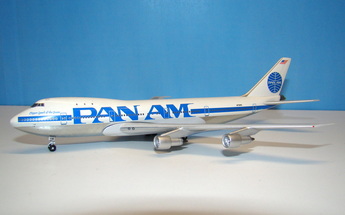 In almost every respect Pan Am was a picture of conservatism. This was most visible in their livery which since 1958 had featured the Globe on the tail and had stayed virtually unchanged throughout the 1960s and 1970s. The introduction of the 747 had seen the Pan American name shortened to Pan Am however the rest of the livery was unaltered and didn't fit the 747 well with the tiny titles. In 1976 this had been rectified with larger titling and a modified slanting flag however it was still effectively the same scheme introduced on the first 707s. Into the 1980s and it was finally time for a change... 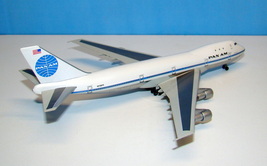 Rarely has a single aircraft been so famous and at the same time so notorious as the Pan Am 747-121 N736PA 'Clipper Victor'. No other airline has done so much to change long-haul aviation as Pan Am however in the swansong of his career Juan Trippe bit off more than his airline could chew with the Jumbo. In April 1966 Pan Am placed an order for twenty five 747s at a cost of the staggering sum of $525 million. The huge debt this created for Pan Am was something that exposed the airline when the expected growth in passenger numbers failed to arise and the Oil Crisis struck. And so began the long decline of the world's greatest international airline. |
AuthorI'm Richard Stretton: a fan of classic airliners and airlines who enjoys exploring their history through my collection of die-cast airliners. If you enjoy the site please donate whatever you can to help keep it running: Archives
July 2024
Categories
All
|
- Home
-
My Models
-
AV History
- Airline History Blog
-
Airline Development
>
-
Liveries
>
- Aeroméxico Liveries
- Air China Special Liveries
- American Airlines Liveries
- British Airways Liveries
- Continental Airlines Liveries
- Delta Air Lines Liveries
- Eastern Air Lines Liveries
- Landor Liveries
- National Airlines Liveries
- Northeast Airlines Liveries
- Northwest Airlines Liveries
- Pan Am Liveries
- Trans World Airlines Liveries
- United Airlines Liveries
- Western Airlines Liveries
- Airbus A380s >
- Boeing 747 >
- Real Airport Histories >
- Plane Spotting >
- Aviation Stickers >
-
1:400 SCALE
- Collecting 1:400 Scale >
- The History of 1:400 Scale >
-
1:400 Brands
>
- Aeroclassics >
- Airshop Diecast
- AURORA Models
- Aviation400 (2007-2012)
- Big Bird 400 Your Craftsman
- Black Box Models
- Blue Box & Magic Models
- C Models
- Dragon Wings
- El Aviador 400
- Gemini Jets >
- JAL Collection / Jet Hut >
- Jet-X >
- MP4 Models
- NG Models >
- Panda Models >
- Phoenix Models >
- Seattle Models Co (SMA)
- Skyjets400
- Sovereign Models
- TucanoLine
- Witty Wings / Apollo
- Yu ModeLs
- 1:400 Custom Models >
- Production Numbers
- Zinc Rot
-
1:400 Moulds
- The Best Moulds >
- Airbus >
-
Boeing
>
- Boeing B-377 Stratocruiser
- Short Boeing 707s & 720s
- Boeing 707-320/420
- Boeing 717
- Boeing 727-100
- Boeing 727-200
- Boeing 737-100/200
- Boeing 737-300 >
- Boeing 737-400
- Boeing 737-500
- Boeing 737-600
- Boeing 737-700/800/900 >
- Boeing 737 MAX
- Boeing 747-100/200 >
- Boeing 747-400 >
- Boeing 747SP
- Boeing 747-8 Interactive
- Boeing 747LCF Dreamlifter
- Boeing 757-200 >
- Boeing 757-300
- Boeing 767-200
- Boeing 767-300
- Boeing 777-200
- Boeing 777-300
- Boeing 787
- British >
- Douglas >
- Lockheed >
- Other >
- Chinese >
- Soviet >
- Smallest Moulds in 1:400
-
1:400 Reviews
-
Model News
- Model Blog
-
New Mould Samples
>
- Aviation400 >
- JC Wings >
-
NG Models 400 Scale
>
- Airbus A318
- Airbus A319/320 CEO
- Airbus A319/320 NEO
- Airbus A321CEO & NEO
- Airbus A330-200/300
- Airbus A330 Beluga XL
- Airbus A330-800/900
- Airbus A340-200/300
- Airbus A350-900
- Airbus A350-1000
- Boeing 737-600/700/900
- Boeing 737-600 Refresh
- Boeing 737-800
- Boeing 737 MAX-8/MAX-9
- Boeing 737 MAX-7/MAX-10
- Boeing 747-100
- Boeing 747-200
- Boeing 747-400
- Boeing B747SP
- Boeing 747-8I
- Boeing 747-8F
- NG 747s Together
- Boeing 757-300
- Boeing 767-200/300 >
- Boeing 767-400 >
- Boeing 777-200
- Boeing 777-300/300ER
- Boeing 787-8
- Lockheed L-1011 Tristar
- Lockeed Tristar 500
- McDonnell Douglas MD-80
- McDonnell Douglas MD-87
- Tupolev Tu-154
- Tupolev Tu-204/Tu-214/Tu-234
- NG Models 200 Scale >
- Phoenix Models >
- Yu ModeL >
-
1:600 SCALE
- DIORAMAS

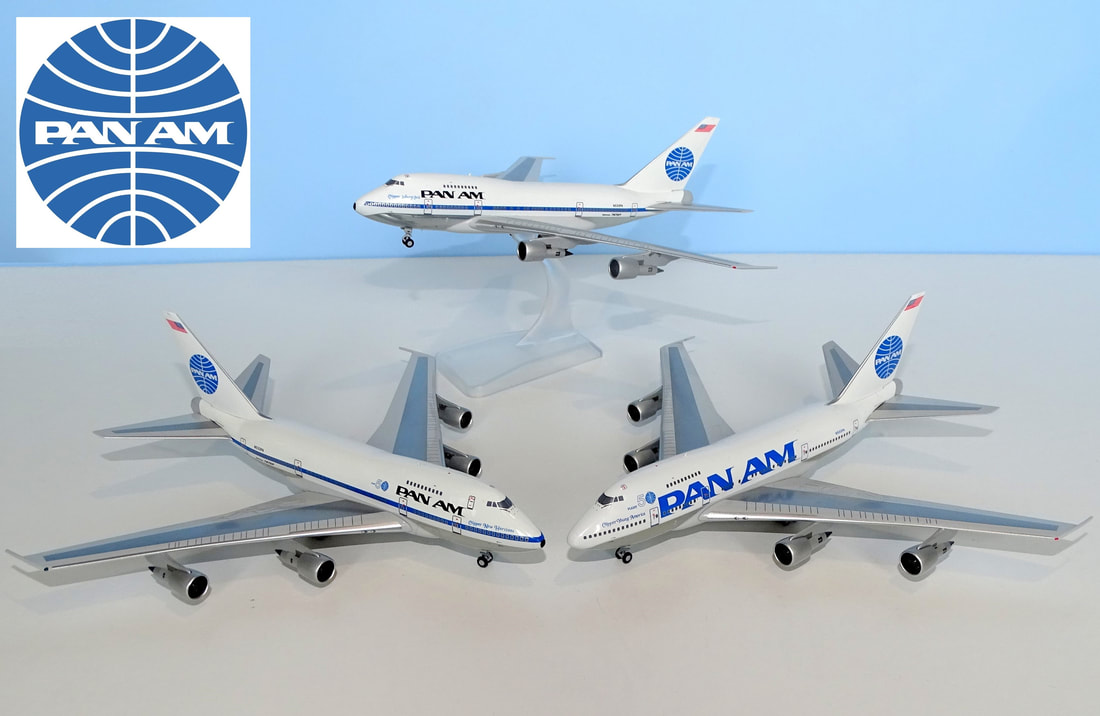
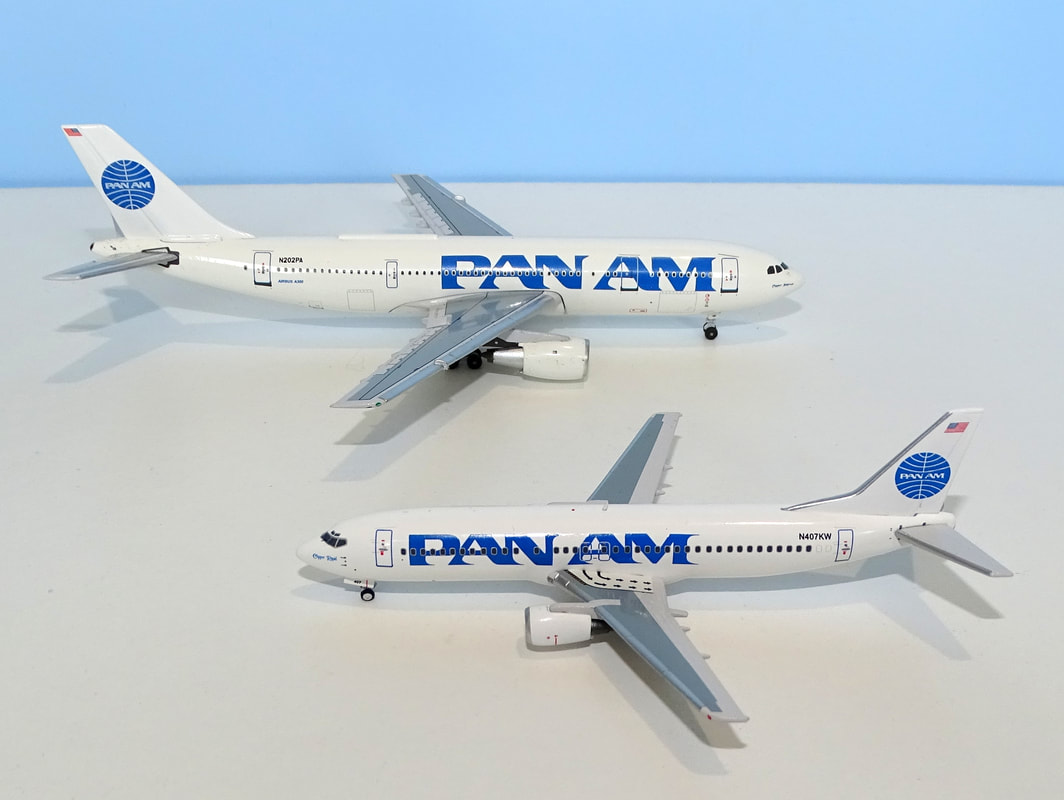
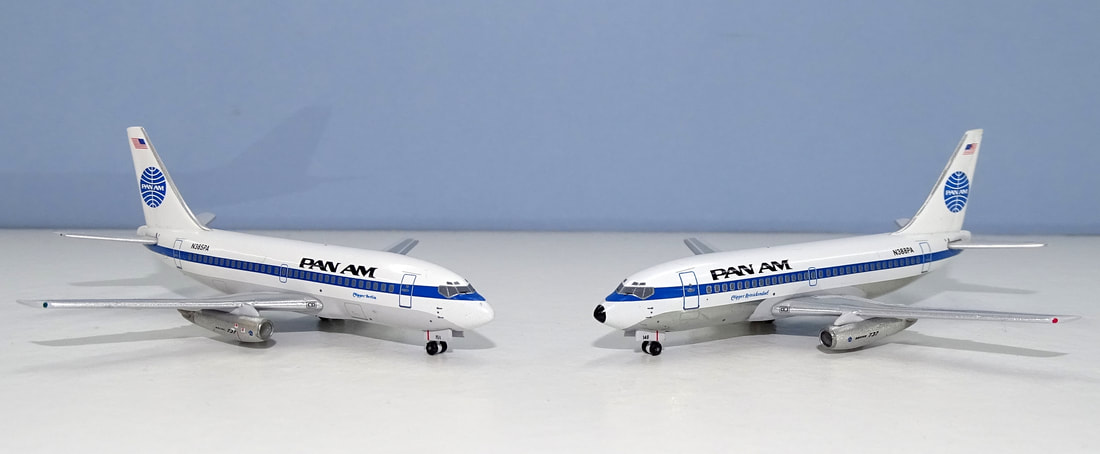
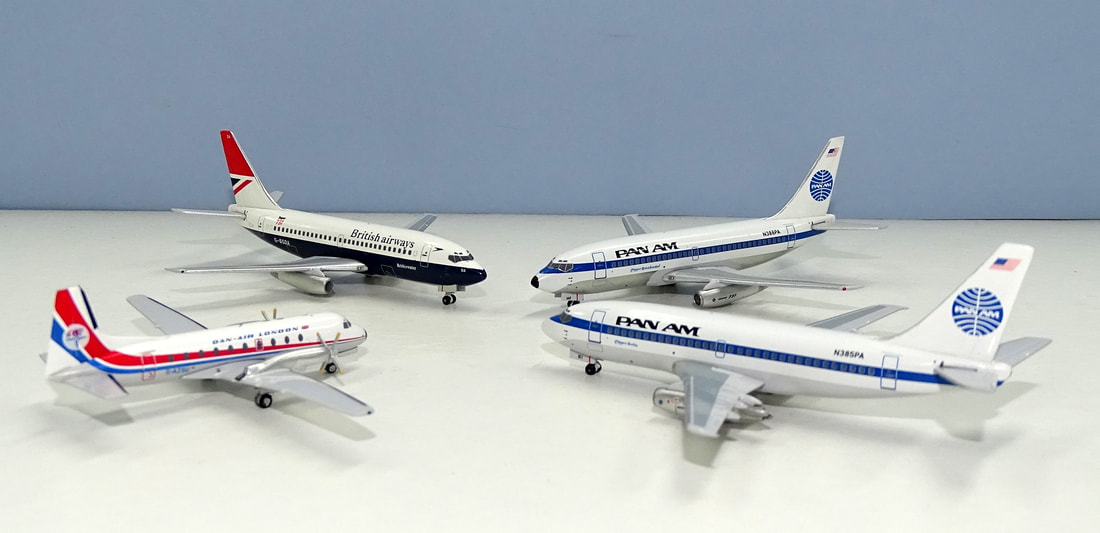
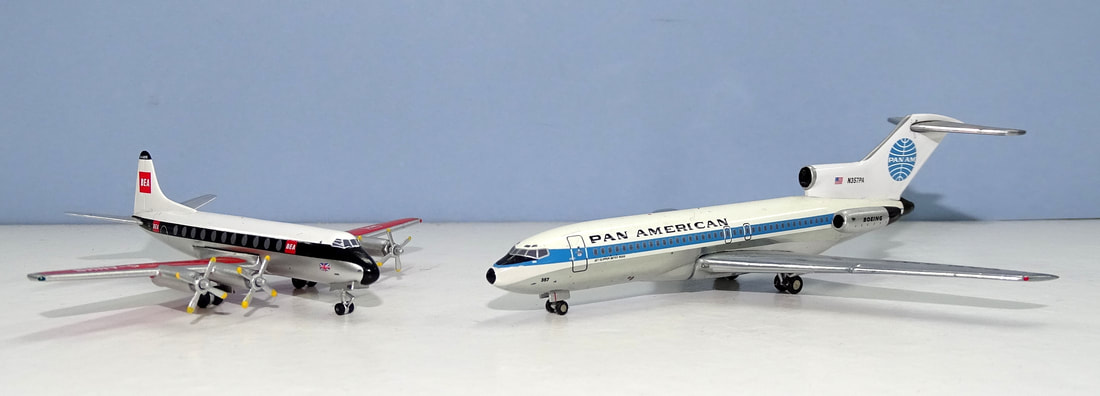

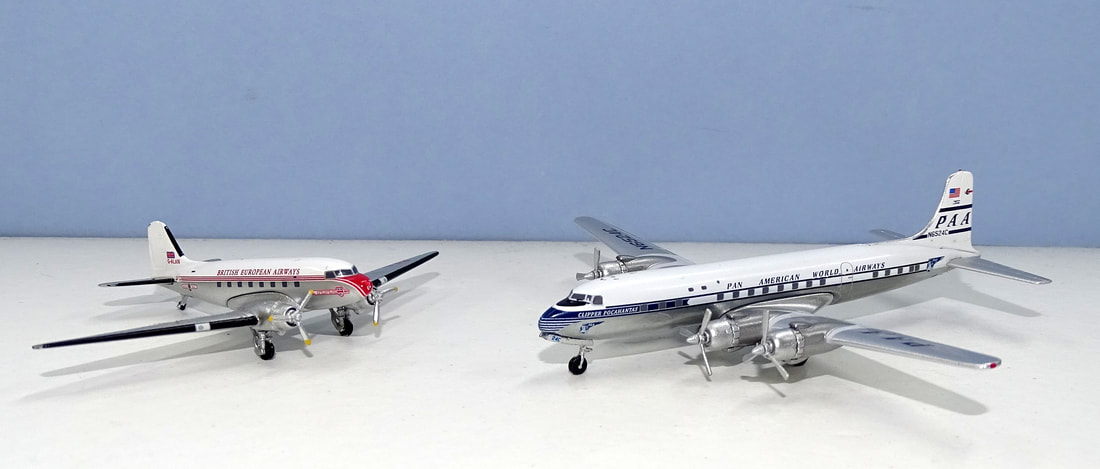

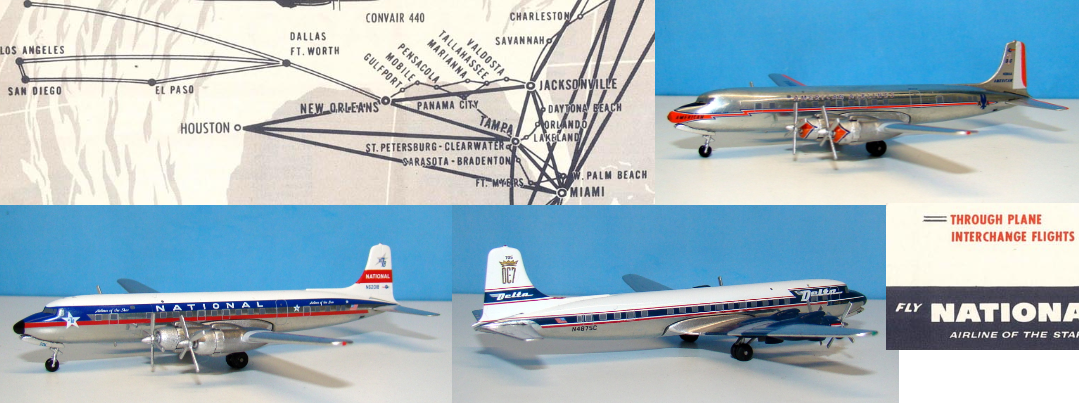
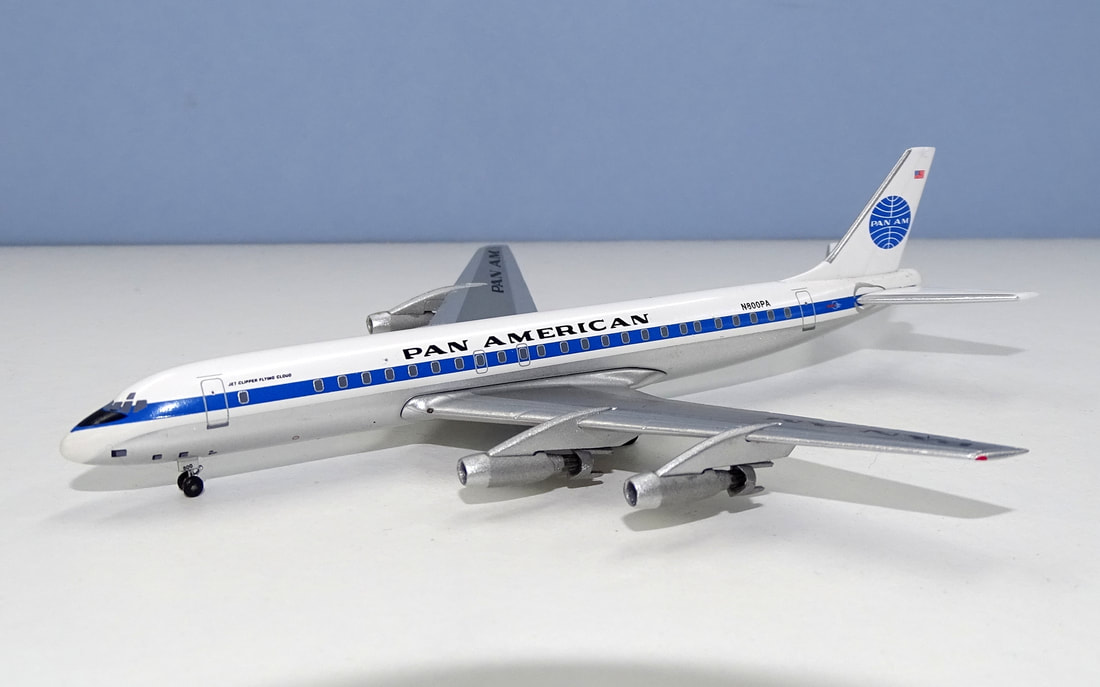
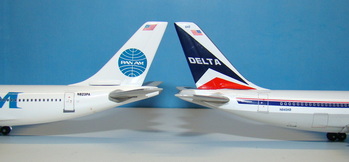
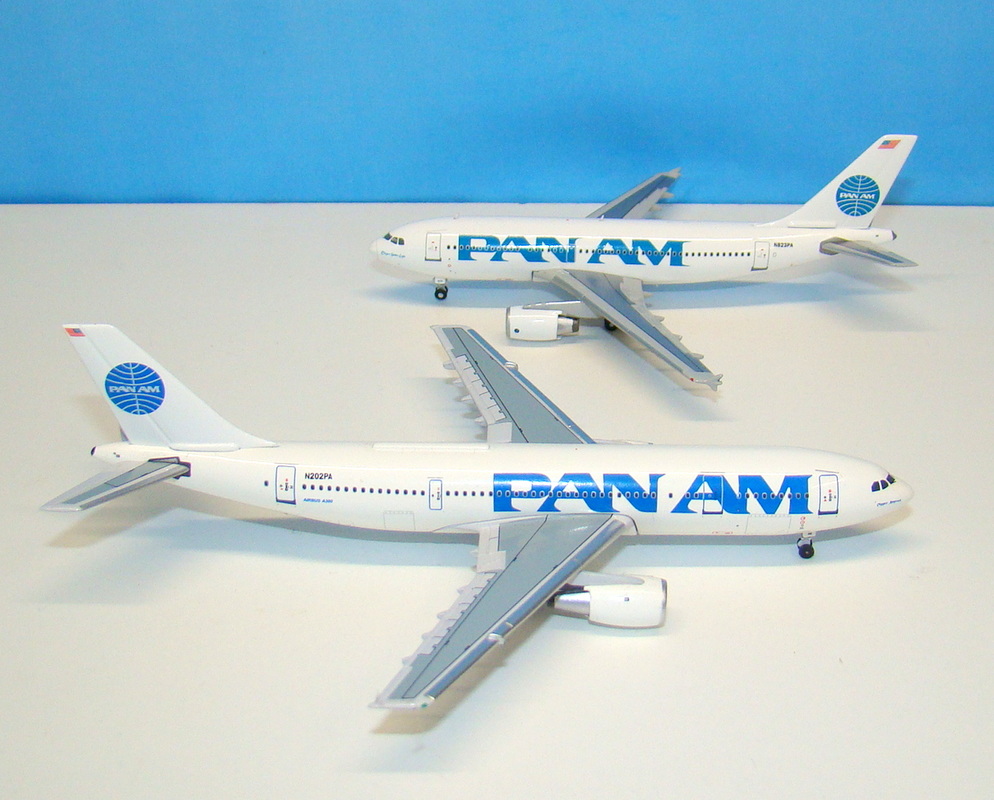
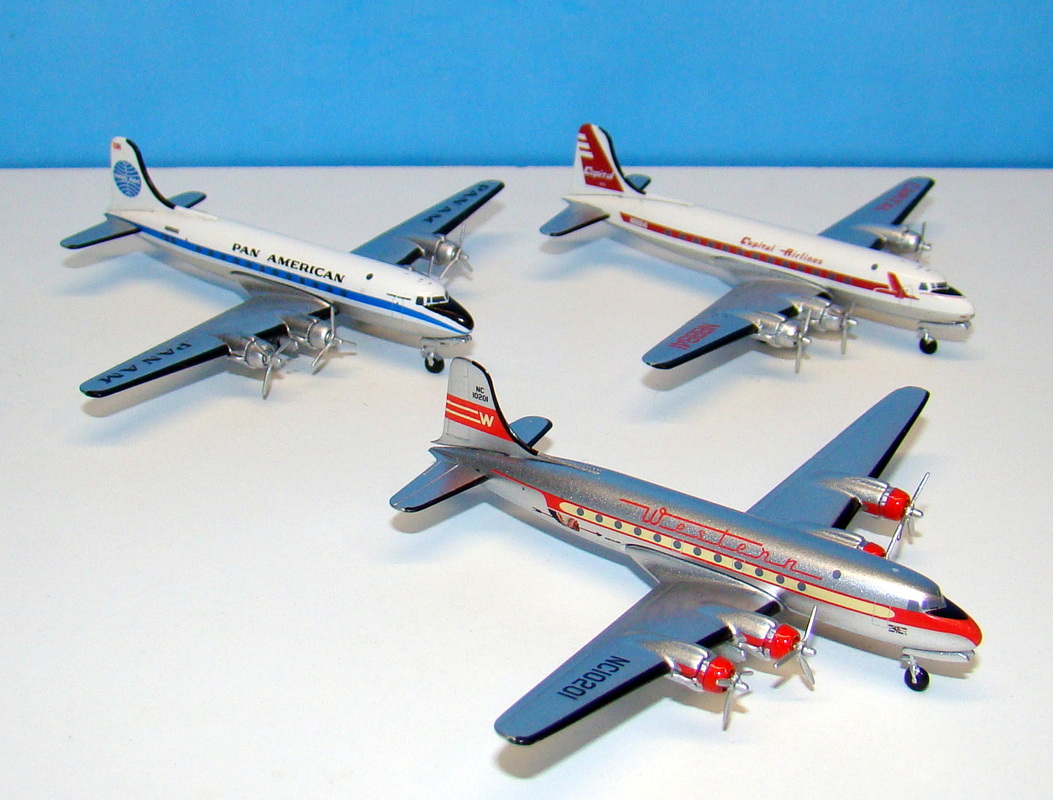
 RSS Feed
RSS Feed